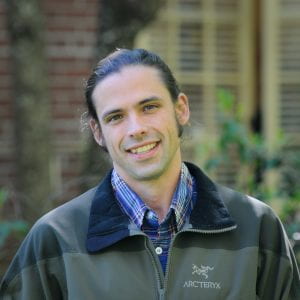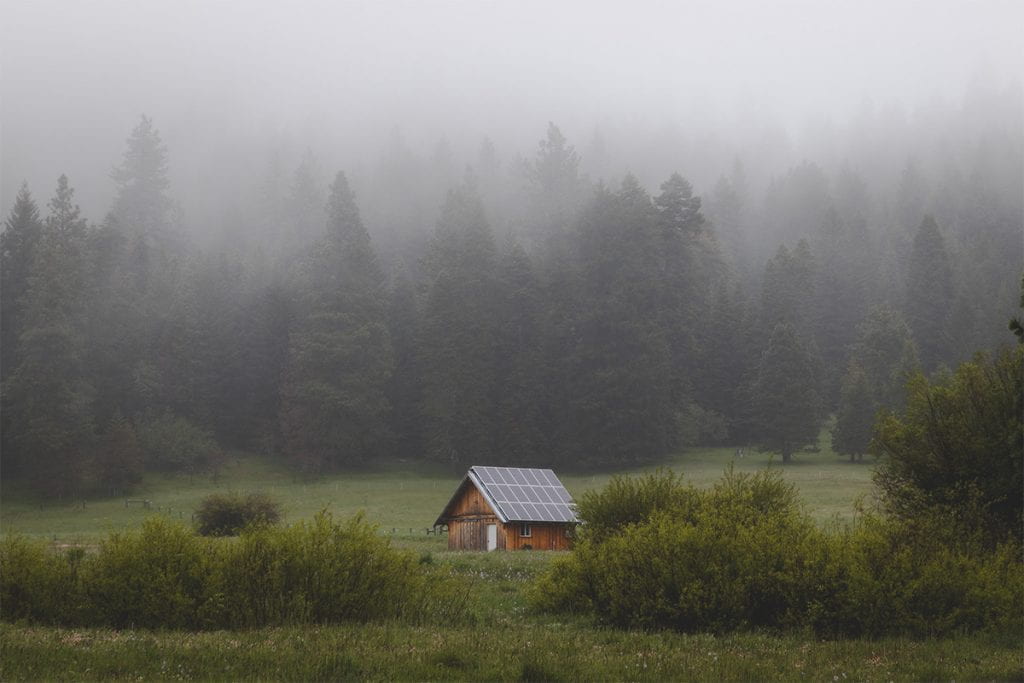Less than two years ago, the city of Pendleton hosted a housing conference to connect potential home builders with available land in Pendleton.
On Monday, the city held another conference to target the other part of the equation: homebuyers.
The city brought together real estate agencies, housing assistance organizations, and 74 prospective homebuyers and renters at the Pendleton Convention Center.
In his opening remarks, Mayor John Turner said the most recent conference was spurred by a housing study that showed a significant number of Pendleton’s workforce commuted from out of town.
With the hope that more Pendleton workers will make the city their home if given the chance, the homebuyers and renters conference was born.
The conference started with speeches explaining how credit works and ways attendees can save money for new housing.
Denise Jerome, the housing director for the Community Action Program of East Central Oregon, suggested that audience members could take on a second job, sell personal items on eBay, or rent out a room to earn extra income.
Attendees were then separated into “buyers” and “renters” groups, and after half the room emptied out, the buyer group was given a presentation by Greg Galloway, a branch manager for Stearns Home Loans.
Galloway said Pendleton, along with the rest of the Northwest, is a seller’s market, meaning home sellers have an advantage in negotiations because housing stock is scarce.
Additionally, going through the multi-step home buying process can be intimidating for first-time buyers.
“Most people, the first time they do this, they go, ‘Holy crap, this sucks,’” he said.
But Galloway encouraged the audience to explore buying a home as an option, saying potential buyers don’t necessarily need perfect credit to secure a mortgage and a house’s value was more likely to rise than a rental unit’s rent was likely to fall.
Galloway’s latter point sunk in for Lowell and Carolyn Britt, who are in the process of finalizing the purchase of a house in town.
Lowell said the Pendleton couple had learned many of the lessons discussed at the conference the “hard way.”
Lowell had access to a home loan through the U.S. Department of Veterans Affairs, but he was stymied from getting a mortgage until he could establish more work history.
He was able to do just that when he got a new job, but the couple still faced a competitive market when they looked at houses. When they bid on their future house in the McKay Creek area, it had been the second bid in the two days the house had been on the market.
Lowell and Carolyn said they were more interested in buying into the neighborhood than the house itself, which they plan to fix up (the Britts said their new house was unaffected by the April flooding).
Abel Lozano is earlier along in the home buying process, but he was glad that he could get some more information at the conference.
Lozano said he’s applying for a home loan through the U.S. Department of Agriculture because of its low-money-down allowances.
A single parent, Lozano said he wants to move out of the trailer park he lives in so his daughter has room to grow.
The challenge for Lozano is finding a suitable house in a market where many homes were built in the 1930s and 1940s and are in a state of deterioration.
“The market is kinda slim,” he said.
While the conference got several positive reviews from the audience, it also got a thumbs up from a real estate agent in attendance.
Jef Farley, a broker/owner at Coldwell Banker Whitney & Associates, praised conference organizers for getting good turnout on a Monday evening.
In an interview after the conference, Farley agreed that Pendleton was a seller’s market.
He added that Pendleton has two months of available housing inventory, meaning all houses that are currently available for sale would be sold in two months if no new houses come onto the market. A neutral market would have five months of inventory.
Although the city has been active in selling lots for housing development, resulting in new housing at Sunridge Estates and on Westgate, Farley said the next challenge is building new lots for housing.
Kevin Hale, another real estate agent for Coldwell, echoed Farley’s statement at the conference.
“If you think housing is tight and you think rentals are tight, then just try to find a lot to build on in Pendleton, Oregon,” he said.
Farley said he’s been studying a recent boom in real estate interest in The Dalles and he thinks Pendleton is poised to become the next hot real estate market, but the city needs to be prepared to create the capacity.
Before attendees left for the evening, the city collected a housing survey they issued to the audience.
The survey asks respondents about their current housing situation, the challenges they face in finding new housing, and their interest in city-sponsored home loan programs.
Originally published in the East Oregonian
RARE Member, Kaitlyn Cook, organized the conference as part of her service with the City of Pendleton.


 “Over 24 months, RARE and Spark Northwest will work together to evaluate renewable energy opportunities and provide renewable energy development assistance directly to rural small businesses, farms, agritourism operators, and agriculture producers across the state,” RARE outlined in its grant application. “The project will provide education to engage with at least 150 farmers and small businesses about energy opportunities, provide project-specific consultations for at least 40 of these entities, and shepherd at least 20 energy projects successfully through the development phase.”
“Over 24 months, RARE and Spark Northwest will work together to evaluate renewable energy opportunities and provide renewable energy development assistance directly to rural small businesses, farms, agritourism operators, and agriculture producers across the state,” RARE outlined in its grant application. “The project will provide education to engage with at least 150 farmers and small businesses about energy opportunities, provide project-specific consultations for at least 40 of these entities, and shepherd at least 20 energy projects successfully through the development phase.”